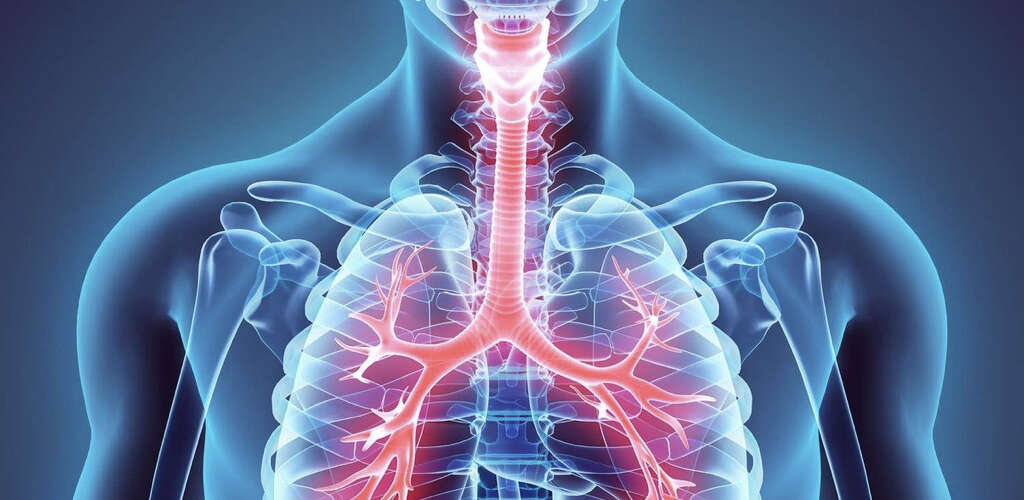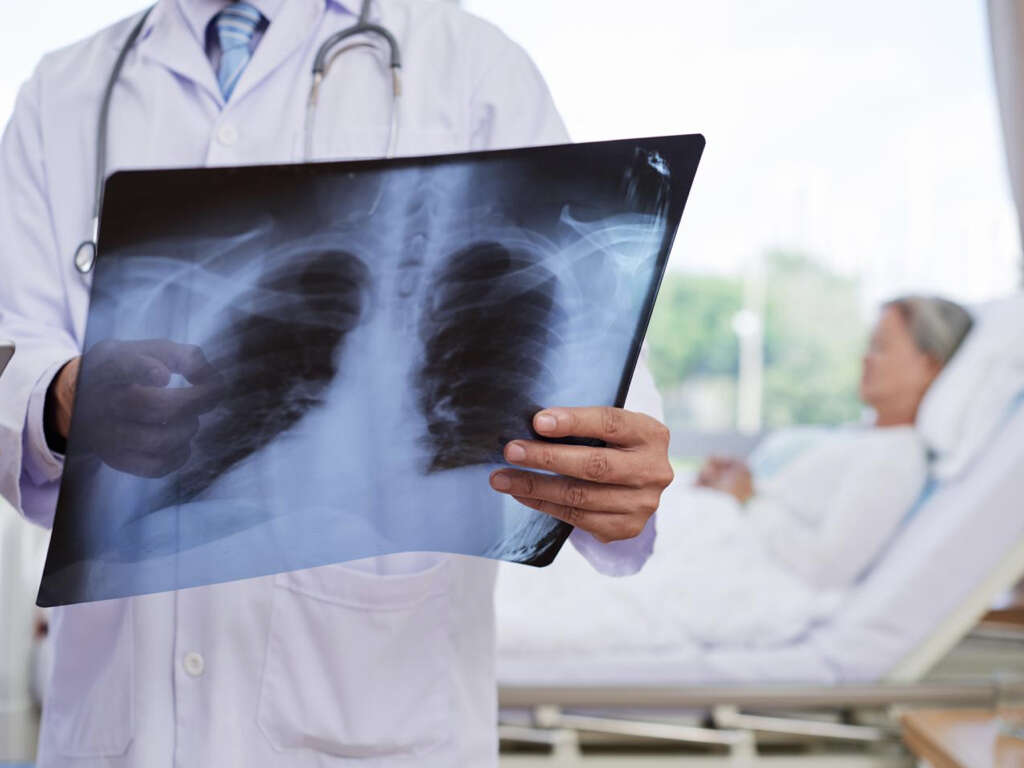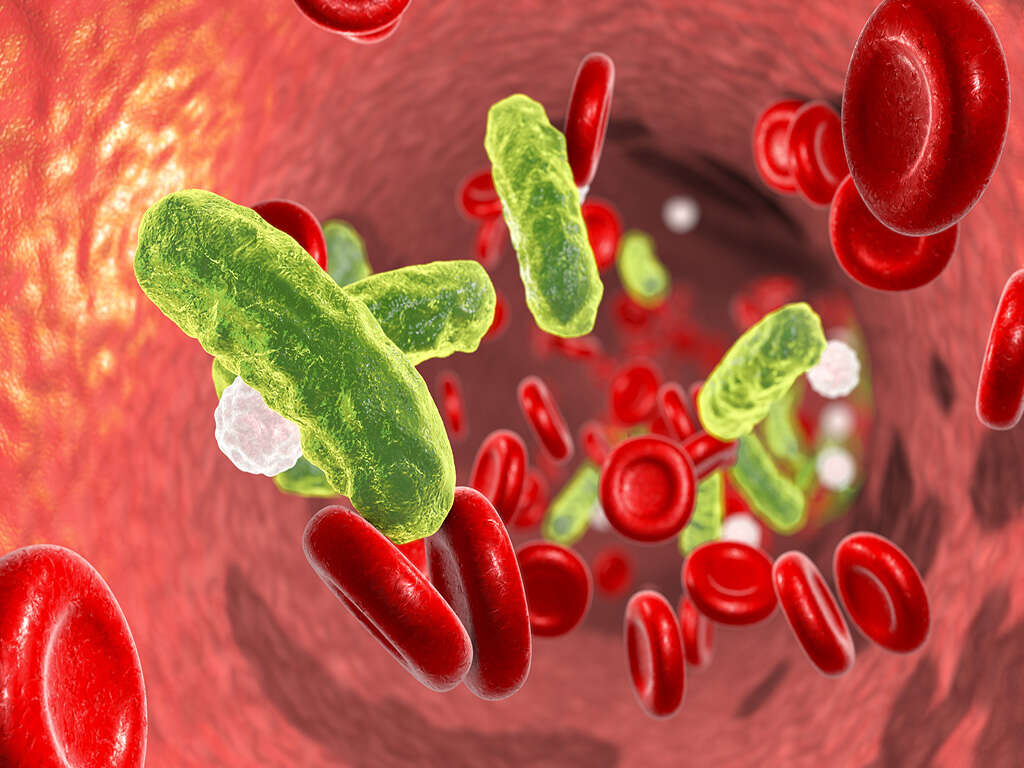10 Sepsis Infection Symptoms
Sepsis is a very serious condition that is commonly caused by bacteria. This syndrome is the result of the body’s immune system responding against the causing agent. Sepsis is a life-threatening condition that kills over 270.000 people in the US each year1Clinical Information. (2020, August19). https://www.cdc.gov/sepsis/clinicaltools/index.html. The elderly (more than 65 years of age) have a greater risk of sepsis due to chronic conditions like diabetes which make them more susceptible to infections.
Bacterial infections are usually the most common cause of sepsis, but other conditions like fungal infections and trauma are also known causes of sepsis. Symptoms may vary greatly depending on the site of infection and the host’s immune system. Usually, infections acquired in a hospital are associated with worse outcomes than community-acquired infections. The proper medical treatment given early is associated with better outcomes, therefore, it is important to recognize the possible signs and symptoms associated with this condition in order to prevent further complications.

1. Fever
A fever is an increase in body temperature. Usually, the temperature should be above 38⁰C (100.4⁰F) in order to be considered as a fever, but this depends on the site where the temperature is being measured. A fever is usually a response of the body to a threat. By increasing the body’s thermostat set point, we start to shiver to generate heat in order to reach the new temperature that has been set.
Fever is one of the most common symptoms associated with any infectious condition, therefore it is also seen in sepsis. It can be one of the early symptoms seen in septic patients and depending on the causing pathogen it can be quite debilitating.

2. Altered Mental Status
Being attentive, alert, and oriented are things that we usually take for granted on a daily basis. But there are many conditions that might cause a person to be foggy, unresponsive, and even forgetful from time to time. The assessment of a person’s mental status is a key diagnostic tool and a way to evaluate a person’s behavior and cognitive functions.
This is one of the key diagnostic parameters for sepsis according to the quick Sequential Organ Failure Assessment (qSOFA) which describes the diagnostic criteria for this condition. Patients may be foggy or have problems concentrating at first. As the condition progresses, they may become drowsy, and even fall into a coma.

3. Increased Breathing Rate
The central nervous system controls our respiratory rate according to our needs. It usually does not exceed 20 respirations per minute under normal conditions. Exercise and stressful situations may cause us to increase our respiratory rate to get more oxygen inside the tissues and this is quite normal. Conditions like respiratory infections and anaphylaxis may alter our normal respiratory rate.
A respiratory rate of 22 breaths per minute is one of the diagnostic parameters of sepsis according to the quick Sequential Organ Failure Assessment (qSOFA). Even though, respiratory infections might cause an increase in the respiratory rate, this sign is seen in sepsis patients regardless of the cause of the infection.

4. Cold or Warm Skin
The skin is the largest organ in the human body. Therefore, it is well provided in terms of oxygen and nutrients. The complex array of blood vessels that supply blood to the skin may constrict or dilate according to our needs. When the blood vessels dilate, more blood goes into the skin, increasing its temperature. On the other hand, if the blood vessels constrict, less blood goes into the skin, making it cold to the touch.
In septic patients, the blood supply to certain organs might become compromised. If this happens, the blood vessels that go to the skin can constrict to deviate the blood into more vital organs. This causes the skin to become cold to the touch. If the sepsis is caused by a skin infection, the affected area is usually warm to the touch due to an underlying infection in the deep layers of the skin.

5. Dizziness
Dizziness is defined as the loss of balance and/or the feeling of being lightheaded. It is a subjective sensation that can show up suddenly and may cause a person to feel ill. It is important to try to sit down as soon as possible to prevent falls that could result in serious complications.
Low blood pressure is another of the key diagnostic criteria according to the quick Sequential Organ Failure Assessment (qSOFA). If the blood pressure becomes low enough, it may cause dizziness as an early sign due to inadequate blood flow to the brain.

6. Edema
Edema is defined as fluid accumulation that leads to swelling of the affected tissue. It is a non-specific symptom associated with many conditions. Depending on the location and the nature of the edema, it can be a very dangerous sign, like in pulmonary edema, or an annoying symptom like the one seen in venous insufficiency.
Patients with sepsis that originated from a skin infection may experience swelling of the affected area of the body. It is a common symptom associated with conditions like cellulitis and necrotizing fasciitis. The affected area might also be tender to the touch depending on the amount of fluid that accumulates.

7. Headache
A headache is described as the sensation of pain in any region of our head. It is a non-specific symptom associated with many conditions. Depending on the characteristics and nature of the headache, they can be classified into primary headaches (migraines and tension-type headaches to name a few), secondary headaches (traumatic, vascular, and substance-related headaches to name a few), and a third category reserved for neuropathies and other headaches.2Headache Classification Committee of the International Headache Society (HIS). The International Classification of Headache Disorders, 3rd Edition (ICHD-3) – www.ichd-3.org
The nervous system is a common site of infection that might lead to sepsis. Conditions like meningitis and encephalitis are well known to cause sepsis as a possible complication. Headaches are common in patients suffering from these kinds of conditions and even though it is a very unspecific symptom, it can be helpful when combined with other signs like fever and neck rigidity.

8. Respiratory Symptoms
Respiratory infections are a well-known cause of sepsis. Conditions like pneumonia and lung abscesses are two of the most common respiratory-associated causes of sepsis. If the infection is acquired in a hospital, the outcome tends to be worse than infections acquired in the community.
Cough, shortness of breath, and chest pain are all symptoms that are associated with a respiratory infection. If you are experiencing any of these symptoms, you should seek medical attention to find out the exact cause and prevent further complications.

9. Gastrointestinal Symptoms
The gastrointestinal (GI) tract can also be the start point for sepsis. Conditions like a perforated appendix, complicated Crohn’s disease, and pancreatitis can cause a patient to become septic. Some of these conditions are life-threatening on their own, but when combined with sepsis and a possible septic shock, the outcome might be quite worrying.
Symptoms like nausea, vomiting, diarrhea, constipation, and abdominal pain are all associated with an infection of the GI tract. Depending on the underlying condition, the symptoms might be mild to severe, especially abdominal pain. Not all infections of the GI tract will end-up in sepsis, therefore, it is important to seek medical attention in order to determine the cause of the symptoms.

10. Renal Symptoms
Urinary tract infections (UTI) are a common cause of sepsis. Hospitalized patients with catheters going into their bladders are prone to developing UTIs that may lead to sepsis as well. Conditions like pyelonephritis, where the infection reaches the kidneys, might cause sepsis.
Symptoms like pain during urination, feeling of incomplete bladder emptying, pelvic, and/or back pain, and fever are all associated with UTIs. Elderly patients might not show many of these symptoms, therefore, it is important to keep a closer look in order to prevent further complications. If the condition progresses into septic shock, the patient might experience a decrease in their urinary output which is called oliguria.









